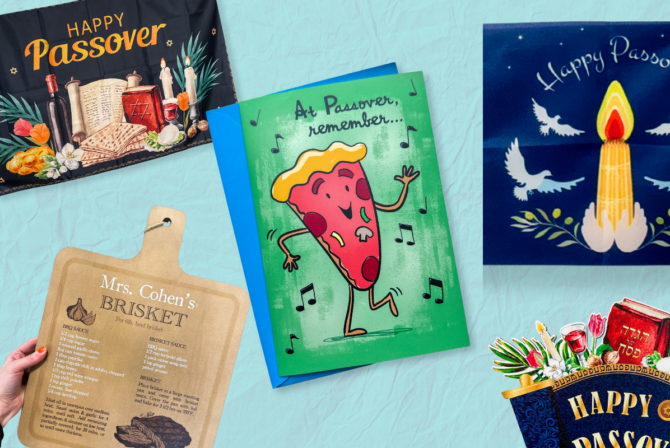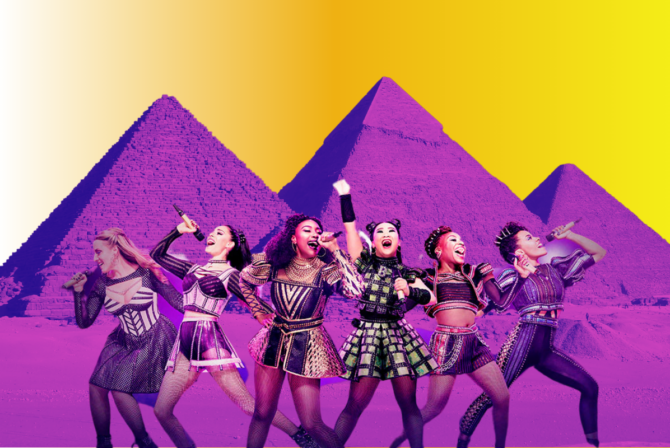The bumpy ride and cacophonous roar of the kids’ voices were giving me a headache. I was on a bus with 45 sixth graders, full of hormones and fart jokes, on our way to the Lower East Side in Manhattan. I’d volunteered as a chaperone for my twin sons’ class trip to visit New York’s Museum of Jewish Heritage—A Living Memorial to the Holocaust. I was interested in the exhibits but I also wanted to be close by as my boys witnessed a memorial to the darkest time in modern Jewish history. I wasn’t sure how they, or the other kids, would react upon seeing such vivid images, and if they had the requisite maturity to process what they’d be witnessing.
The kids had been studying World War II in their social studies classes, so there was certainly preparation by the teachers in an age-appropriate manner. However, I knew there was a difference between learning about the Holocaust in an academic setting, and actually seeing the depth of the destruction that took place from relics and vivid documentary testimonial.
As we made our way through the narrow streets of the Financial District, a kid shouted, “Look, there it is!” I was surprised at their enthusiasm about spotting the museum until I realized that the kids had spotted the gleaming Freedom Tower, the new building under construction in the former location of the World Trade Center. We all craned our necks and took pictures of the magnificent building and I realized that the kids had historical context from their own lifetime with which to understand the Holocaust.
The first part of our museum tour focused on Jewish life in the late 19th and early 20th centuries. The kids displayed a detached interest in the collection of old wedding photos, children’s drawings, miscellaneous yellowed correspondence, and a Torah that had been rescued on Kristallnacht. I urged the kids to pay attention as the docent spoke. In truth, this section of the exhibit was far more interesting to me and the other adults than it was to the students. The kids were not engaged.
The next part of the tour focused on the actual war against the Jews. This is what I had been bracing myself for. The hard-core Holocaust information, complete with anti-Jewish propaganda, photographs from the concentration camps, and somber mini-documentaries featuring Holocaust survivors. Would the kids be able to handle the graphic assault of information and process the truly terrible nature of what happened? Would they understand how blessed they were to be born American citizens?
Unfortunately, this message was not grasping them, either. I was embarrassed and disappointed to see a group of kids giggling at the pictures of concentration camp victims standing with their emaciated bodies naked, genitalia exposed. The kids were focused on the nude bodies, and not the horror of the situation. They still weren’t getting it.
I don’t know what I’d expected. Maybe I’d hoped the kids could temporarily stop being their 11 and 12-year-old selves, and adopt the respectful demeanor that adults knew to display in this setting. Why wasn’t this information grabbing them? Maybe it’s because today’s youth is surrounded by the rhythm and beat of the 24-hour news cycle, with information disseminated through traditional and social mediums in a very graphic way. Kids today are somewhat desensitized to the impact of violence and prejudice because they see so much of it. In any given day, the news is full of stories about school shootings, war casualties, rape, beheadings, and rampant anti-Semitism. I was concerned that they wouldn’t be able to grasp the importance of the Holocaust in the context of world and Jewish history.
As it turns out, I was needlessly worried.
At lunch, we sat in a makeshift cafeteria. The kids were eating, laughing, and talking. A docent entered, shushed the room and introduced a special guest speaker. In walked Rose, an older woman with quiet dignity and shaking hands. She seated herself on a stool and spoke in a low, even voice that required absolute silence to hear. The kids hung on her every word.
Rose was a Polish Holocaust survivor. She and her family had hidden in different places, moving only under the cover of night, and only when necessary. Rose told of her privileged early childhood with her affluent family, and how things changed when the Nazi invasion crept ever closer. The humiliation and degradation that Rose detailed was staggering and inhumane.
The entire room listened, fascinated as she spoke of several families hiding in the loft of a barn. The endless daylight hours were endured in utter silence and stillness to avoid detection. There was minimal food, and no running water or bathroom. Rose shared the helplessness she felt watching the eventual weakening and sickening of her younger siblings, who died in hiding. While Rose was spared the horror of being in a concentration camp, her family suffered in so many other unimaginable ways.
I looked around the room, and saw many of the students crying. The impact of the war had finally reached them in a tangible way, through the words of this incredible woman who shared her personal tragedy with a room of strangers. I was proud of the respectful way the children behaved in her presence, and even more impressed with the insightful questions about Rose’s feelings about trusting people, and whether she was filled with a consuming hatred. (Amazingly, she wasn’t.)
We were all moved by Rose’s story, and the kids got it. It broke their hearts, and raised a level of compassion and resolve that was inspiring. As we exited the museum, I knew the words inscribed in large gold letters could not be truer:
Remember – Never Forget.
There is Hope for your future.
Like this post? Get the best of Kveller delivered straight to your inbox.







